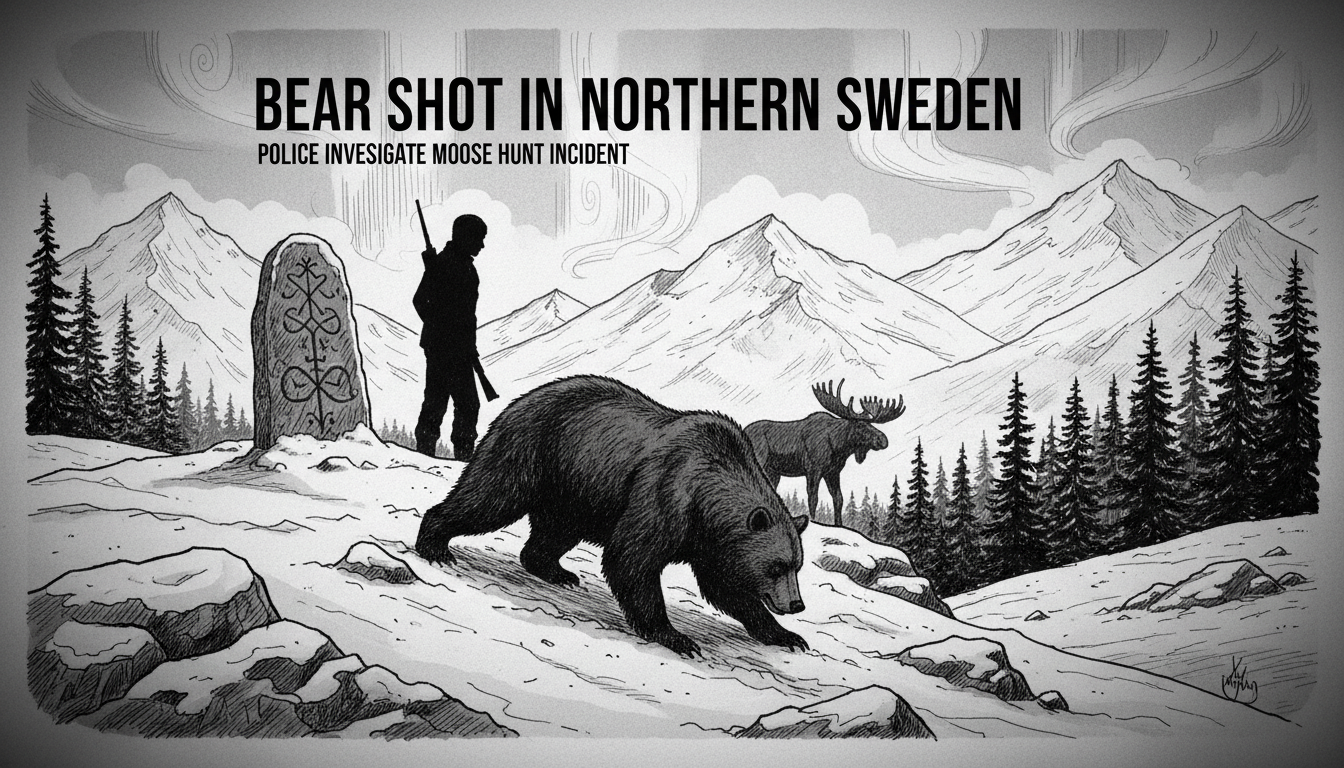A hunter participating in a moose hunt shot and killed a bear in Lycksele municipality on Wednesday. Police reports indicate the bear charged toward the hunter before the shooting occurred. Authorities are now documenting the scene and transporting the bear's body to the National Veterinary Institute for examination.
Swedish police have launched a hunting violation investigation. Current regulations strictly prohibit bear hunting during this season. The incident raises questions about wildlife management practices in northern Sweden.
Bear encounters have become more frequent across northern Scandinavia in recent years. Sweden's bear population has steadily increased since protective measures were implemented decades ago. This creates more potential for human-wildlife conflicts during hunting seasons.
Swedish hunting laws maintain strict seasonal restrictions for different game species. Bear hunting typically requires special permits and is limited to specific periods. Violations can result in significant fines and hunting license revocations.
The Lycksele region in Västerbotten County is known for its dense forests and abundant wildlife. Local hunters regularly pursue moose during the autumn season. Bear sightings sometimes occur as a byproduct of these activities.
Wildlife experts note that bear attacks on humans remain extremely rare in Sweden. Most bears typically avoid human contact when possible. Defensive behavior usually occurs when bears feel threatened or surprised at close range.
This incident highlights the challenges of managing predator populations in modern Scandinavia. Conservation efforts have successfully restored bear numbers, but increased encounters test coexistence strategies. Hunting communities must balance traditional practices with evolving wildlife protection standards.
The investigation will determine whether the hunter acted in legitimate self-defense or violated hunting regulations. Swedish authorities take such cases seriously, as they reflect broader wildlife management priorities. The outcome could influence future hunting guidelines and predator policies.
International readers should understand that Nordic countries maintain sophisticated wildlife management systems. These balance conservation needs with traditional outdoor activities. Incidents like this provide valuable lessons for improving human-wildlife coexistence protocols.

